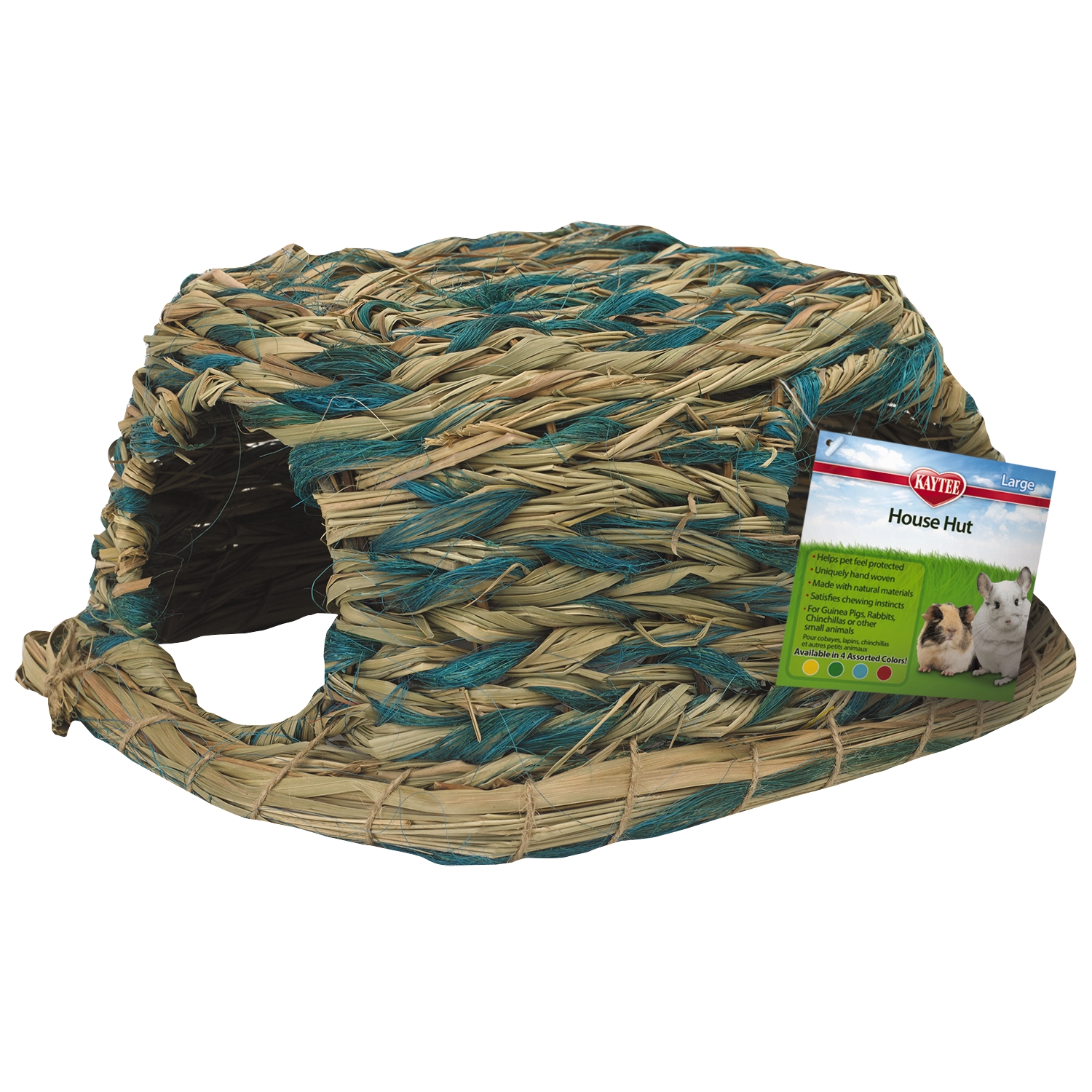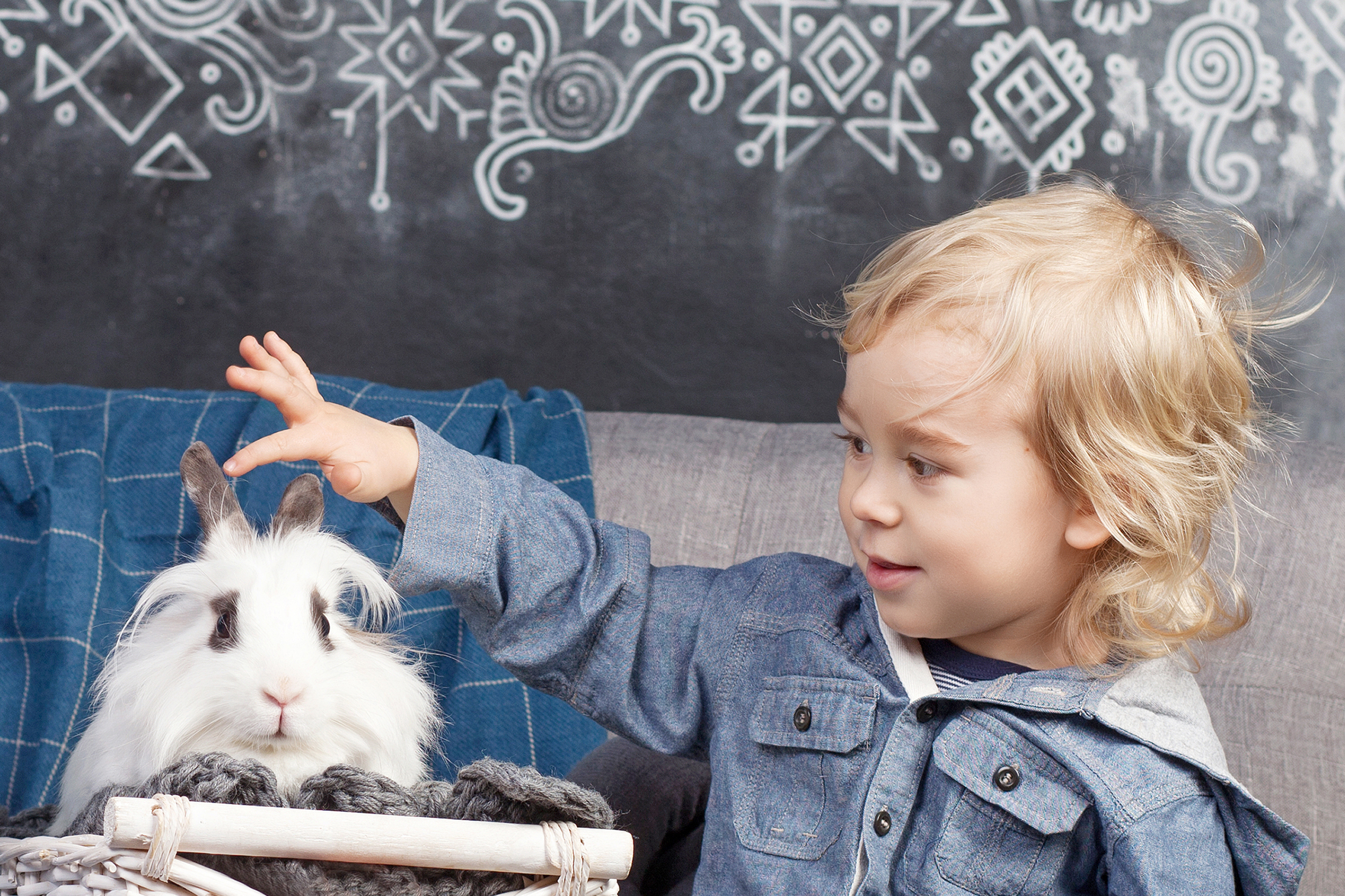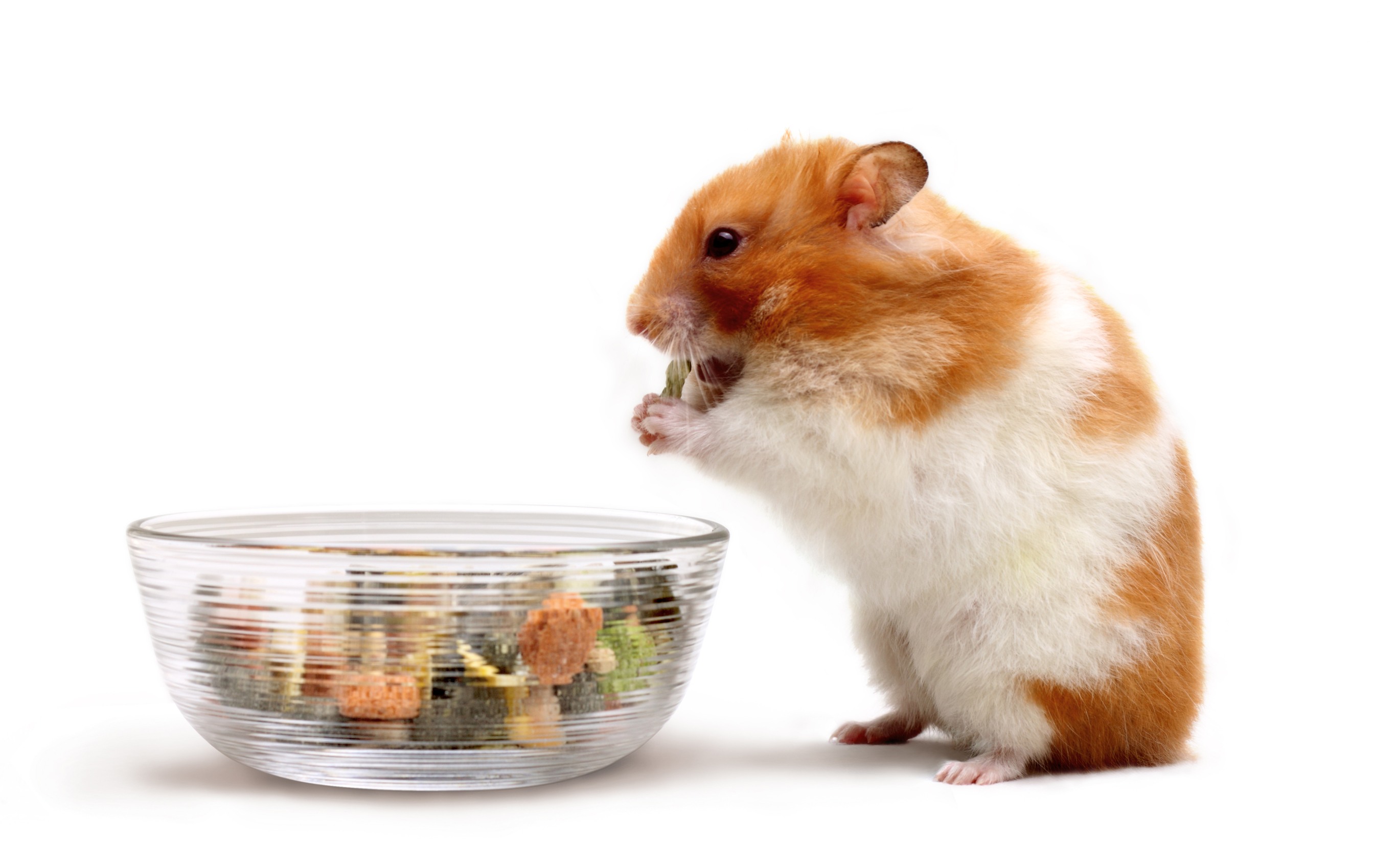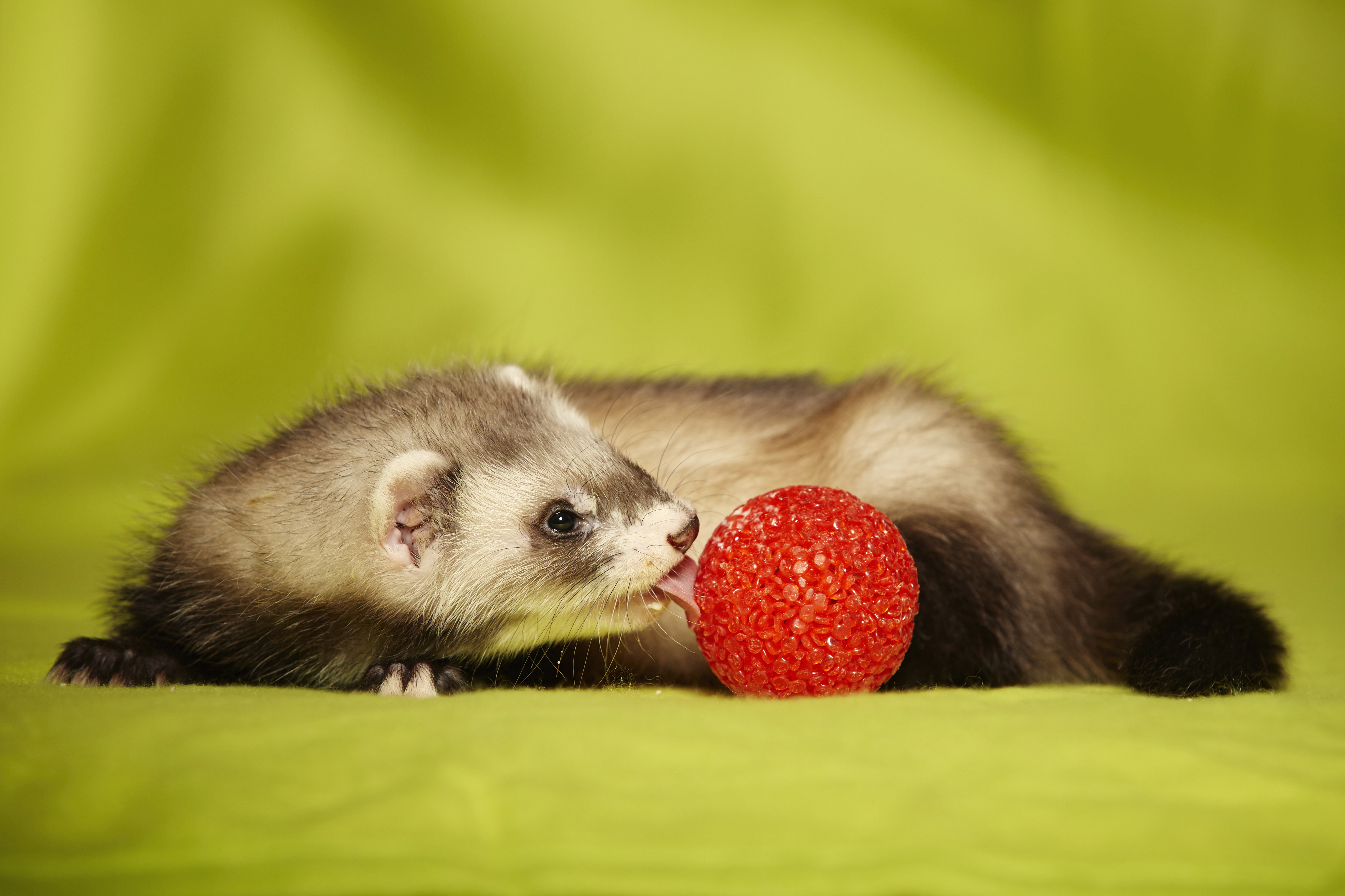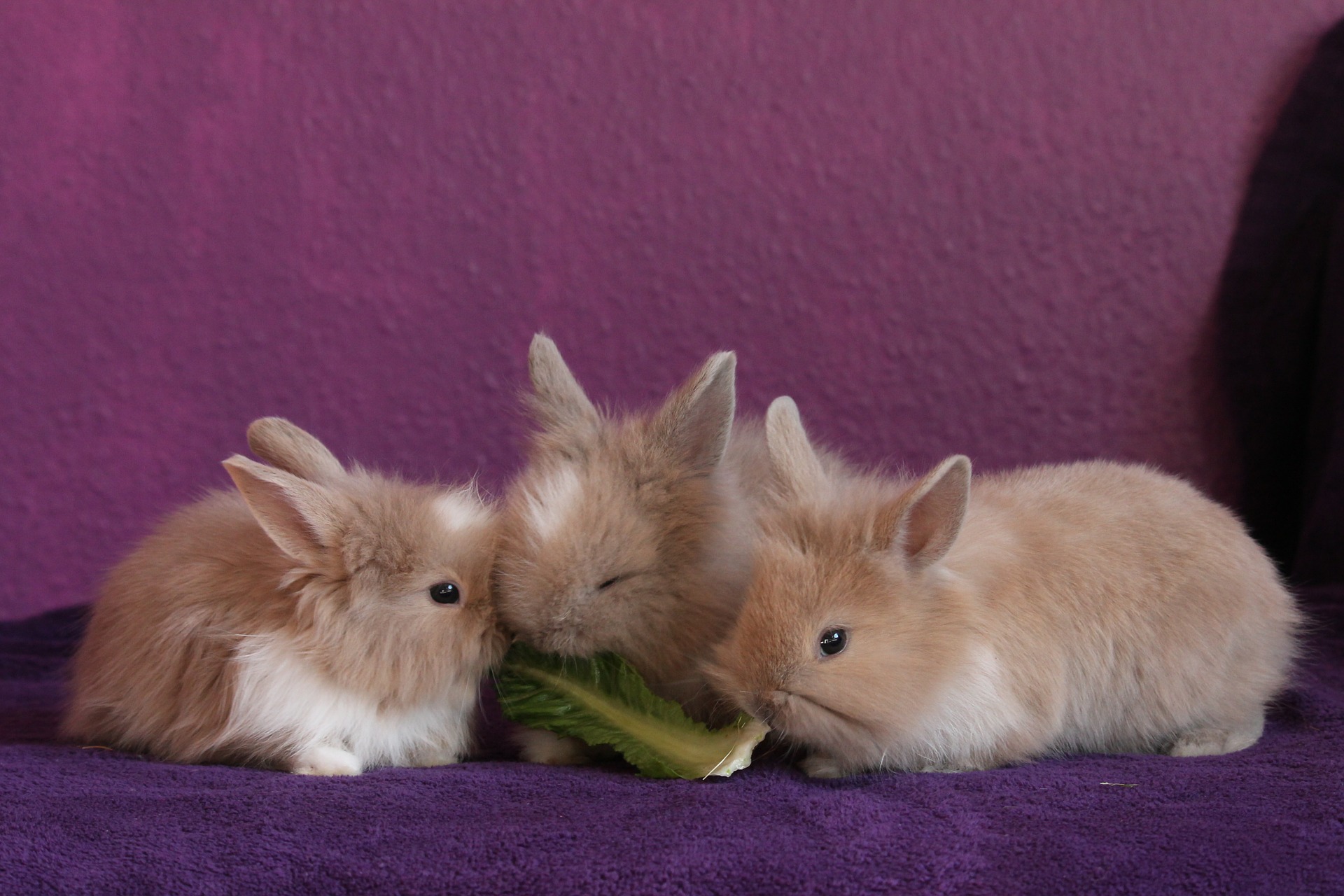Small Animal Abodes
Erik J. Martin //March 29, 2017//
The days of the all-purpose aquarium serving as a surrogate for a proper pet rodent residence are long gone. So is the era of the flimsy plastic domicile that functioned more as a disposable chew toy that could be gnawed through faster than you can say “chinchilla.”
Indeed, the good news in 2017 is that there’s no shortage of quality-built, brand-name small animal abodes on the market that can add breadth and variety to your set. Many, of course, are modular, chromatically eye-catching and expandable thanks to a seemingly endless array of interconnecting accessories tailor-made for the Lego and Minecraft generation.
Bright Ideas and Concepts
Kaytee helps lead the pack with its relatively recent introduction of two inventive CritterTrail products: the Quick Clean Habitat and the LED Lighted Habitat. The former is the first enclosure of its kind to include a disposable bedding tray cartridge designed to make cleaning easier and help control unpleasant aroma. The latter includes a pair of battery-operated LED Bubble Plugs (one for nighttime use, the other for anytime use) that increase visibility within the cage and particularly excite kids.
“These LED Bubble Plugs actually connect to any CritterTrail habitat or Fun-nel tube accessory to improve pet parents’ ability to see their pets. They have fully protective lens covers to safely keep animals away from the battery and light inside, and the light won’t harm their eyes,” said Mary Ann Loveland, senior associate brand manager for Kaytee Hard Goods in Chilton, Wisconsin, adding that it won Best in Show for the small animal category at Global Pet Expo in 2016.
Third place in that category went to Ware Manufacturing for its new Critter X Connect 360 enclosure, a modular enclosure that boasts a detachable ball for outside-the-cage adventures. Ware has also made a splash in this space with Critter Universe products, like its clever three-level AvaTower and its three-wall mouse and hamster home that’s now bundled together with Healthy Pet’s carefresh Complete food and carefresh colored bedding.
Other players capitalizing on fantastic plastic include Penn-Plax, makers of the Dingo Home for dwarf hamsters and mice, Rainforest hamster homes, and the Home & Traveler with Carrier and Starter Kit, which comes with a removable mini-travel cage on top; Hagen’s Habitrail line of products, like its OVO series and its Crystal Hamster Habitat; and Prevue Pet Products, producers of the brightly hued Hamster Haven.
Large species don’t get short shrift, either. MidWest Homes for Pets still makes its Critter Nation habitat with interlocking panels; Prevue manufactures a wrought iron model (no. 495) with a powder-coated hammertone finish; and A&E stands out for its multi-level, 35-inch-high wire cage with removal base available in platinum and black (model 13221-SA).
“The 13221-SA is perfect for a variety of small animals—it’s easily movable, has extra storage on the bottom and has three levels,” said John Lance of Burlington, New Jersey-based A&E Cage Company LLC.
House Rules
When it comes to merchandising habitats, Jane Morehouse, product research and development manager for Hayward, California-headquartered Kordon LLC, has a failsafe philosophy: refer customers to the largest cage available for its specific breed.
“That means carrying cages in alternative sizes that offer more options for consumers,” Moreho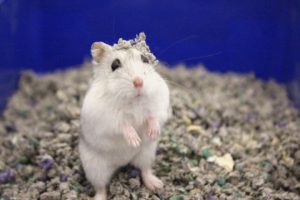 use said.
use said.
The most important retail consideration when choosing which habitats to stock in your store is appropriate size and species needs, Morehouse insists.
“For example, guinea pigs should never be housed on wire floors, such as those used for rabbits, as they have tender skin on the bottoms of their feet and can suffer sores, severed toes or fractures when housed in the wrong cage,” she said.
Hence, selling the right enclosure to the customer requires properly training your team about w
hich products are safe and appropriate for particular species. Getting closely familiar with cage brand features and product amenities and then spreading that gospel of good information to your clientele will not only likely result in the customer purchasing a safe and suitable small animal dwelling, but it also makes you appear as a responsible,
knowledgeable and caring retailer who’s worthy of repeat business.
Also remember that “it is hard for some consumers to visualize a habitat if it only exists
in a cardboard box on the shelf,” according to Jane Wasley, head of consumer marketing for Ferndale, Washington-based Healthy Pet, makers of carefresh small animal bedding. “Instead, make the effort to set a habitat endcap with assembled enclosures displayed, which not only gets the customer’s attention but entices them to purchase additional accessories, such as bedding, food, treats and toys.”
Loveland says her golden rule for better habitat sales is to first focus on selling the animal itself, assuming you stock mini mammal pets. The problem here, however, is an olfactory one: in-store enclosures housing hamsters, mice, cavies and their cousins can smell pretty ripe if they’re not cleaned and maintained regularly—which can be challenging for a retail operation that may carry dozens if not hundreds of small animals for sale.
“For these reasons, we often see retailers today choosing to no longer display live animals within setups of the habitats they also sell,” said Loveland, noting that a strong odor can leave patrons with a bad impression of the cage as well as the store.
To prevent this problem, consider showcasing your small animals for sale within large specialty cases built for display only or segregate them to a back area of the store where odors can be better controlled.
